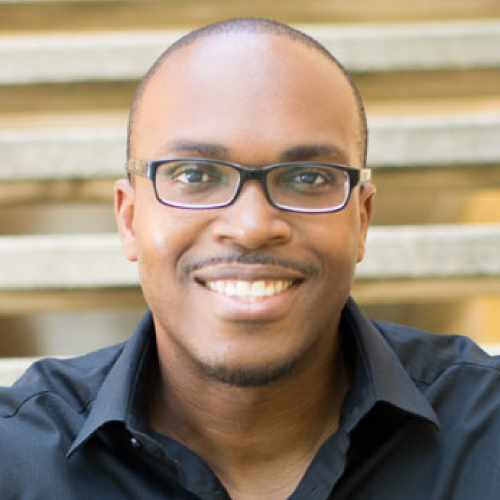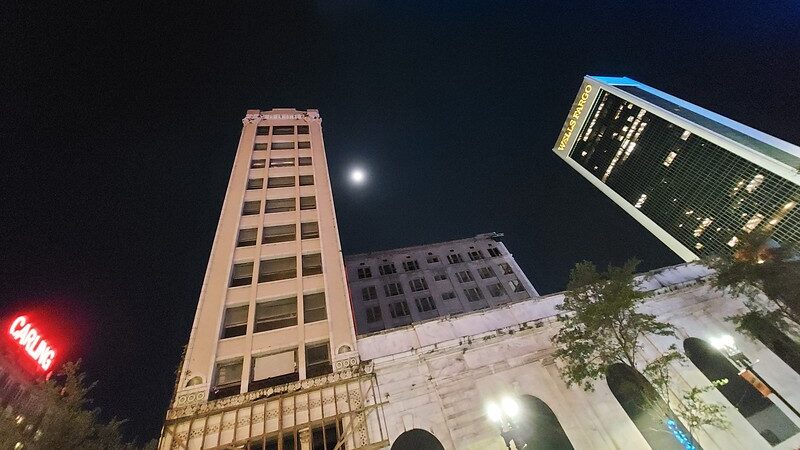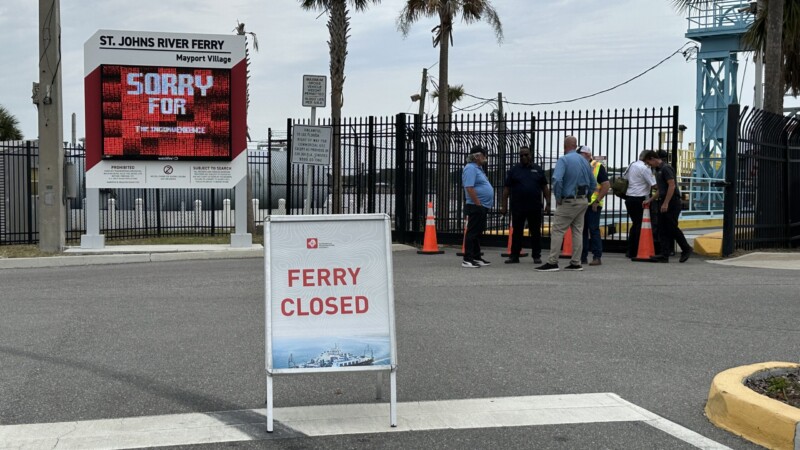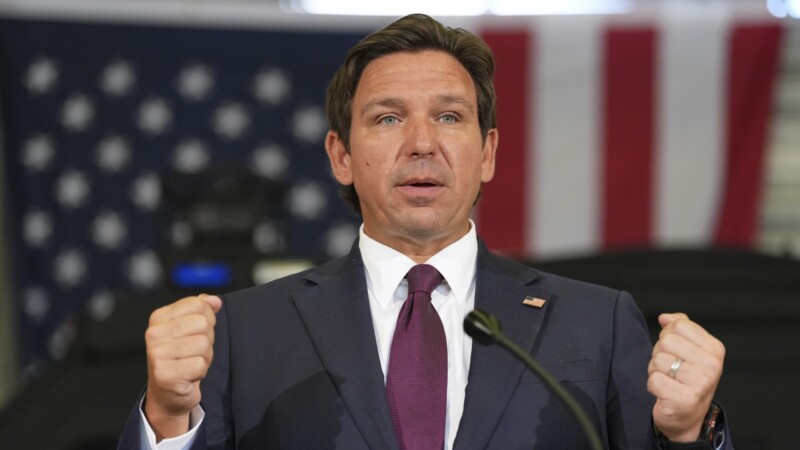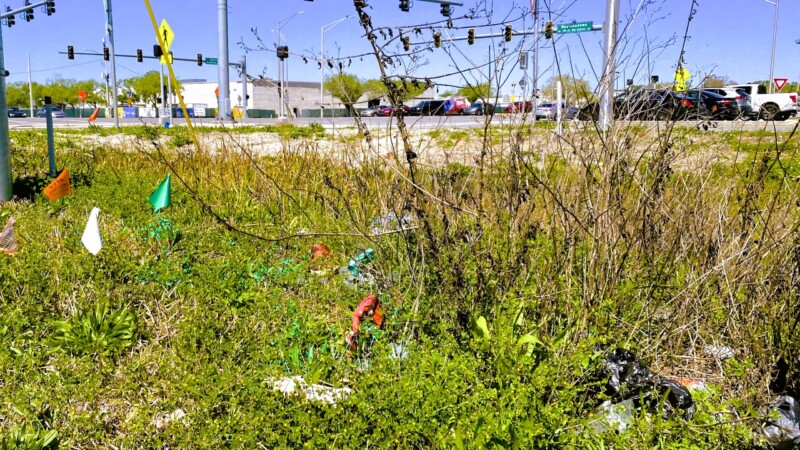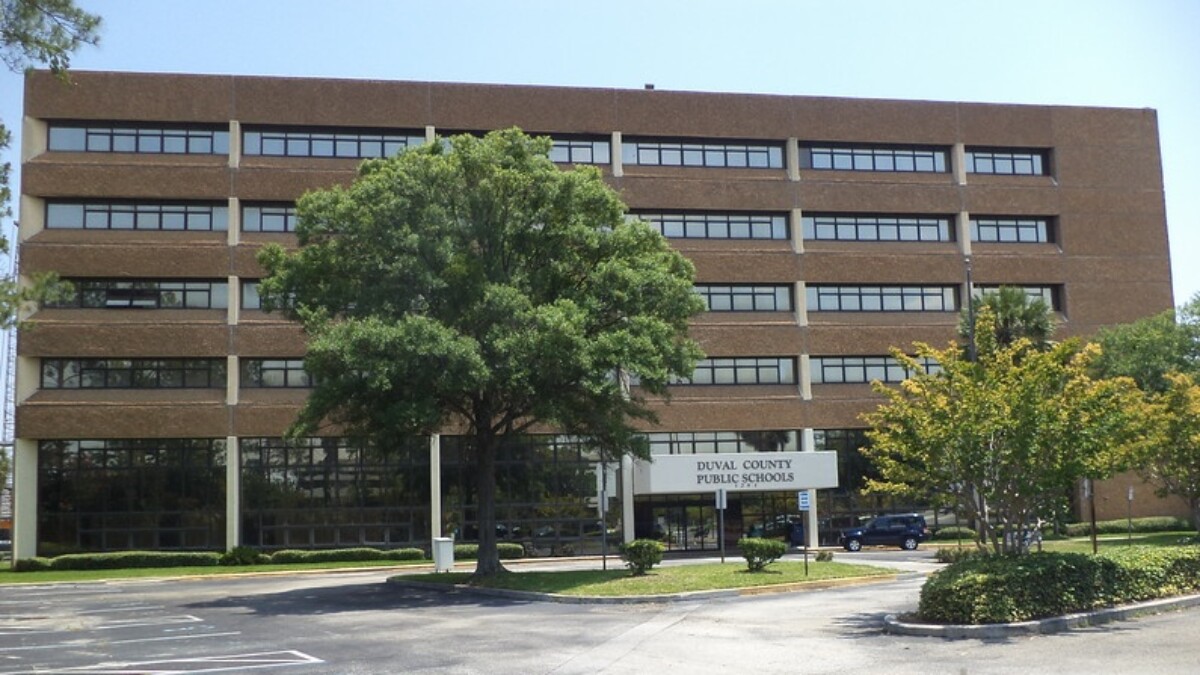
Jaguars owner Shad Khan recently criticized the progress of Downtown revitalization in Jacksonville, saying the area has “gone downhill” over the last decade. Here’s a look at what his comments get right – and what they get wrong.
Downtown going downhill?

Speaking to the media aboard his yacht Kismet on December 13, Jacksonville Jaguars owner Shad Khan expressed his views on the state of Downtown, and as the Jacksonville Business Journal reported, he didn’t mince words. “Downtown has, in the 10 years I have been here, absolutely hasn’t progressed… It’s gone downhill.” He added, “what I like about Jacksonville is there is a vacuum here. There is a football team here and, as an owner, I can move the needle. How many times do you get a chance to move the needle in a good way in a great American city?”
Khan has expressed similar opinions in the past. In 2014, he famously said that “a homeless guy in Detroit has more mojo than a millionaire in Jacksonville,” and implied that some Downtown advocates were too much talk with too little action: “We all need to contribute, but actions speak louder than words.”
Like the “mojo” quote, Khan’s recent comments drew a mix of reactions from Jaxsons. As reported by The Florida Times-Union and others, organizations like the Downtown Investment Authority and Downtown Vision pushed back on the idea that things haven’t progressed, citing statistics pointing to some growth. Others felt Khan was right on the money and that Downtown is still lagging even after 10 years. So who’s right? In the opinion of The Jaxson‘s editorial team, Khan makes a number of salient points, but misses the mark on a few areas. Let’s break it down.
What Khan gets right

Downtown is the heart of the city, but it has multiple definitions that are in common use. Historically, “Downtown” only referred to the Downtown Core, also known as the Northbank, which is bounded roughly by the St. Johns River to the south, Liberty Street and Hogans Creek to the east, State Street to the north, and approximately Jefferson Street to the west. Over time, the city government expanded the official limits of Downtown to incorporate adjacent neighborhoods. This is an important consideration to keep in mind when discussing Downtown’s growth and development.
While we appreciate the enthusiasm of Downtown’s cheerleaders, looking closely at the numbers shows that growth in Downtown Jacksonville is slow in a number of different categories, especially in the Northbank Core. The U.S. has gone through two historic periods of growth for urban areas since the early 2000s, but Downtown Jacksonville still looks much the same as it has for over a decade. There have been successes, but there have also been so many losses that the successes can’t shine to their fullest.
For example, as the Times-Union notes, Downtown’s residential base has grown from 3,266 people in 2011 to 6,830 today. However, much of that growth has occurred on the outskirts of Downtown, particularly in Brooklyn and the Southbank, limiting the impact they have on the Northbank. Additionally, even with this growth, population density remains far behind the downtowns of peer cities like Orlando, Tampa, Nashville or Indianapolis. In fact, even if Downtown reaches the oft-repeated goal of 10,000 residents, its density will still be closer to the current density of Orange Park and far lower than that of our peer cities. The growth Downtown has seen is certainly a positive, but it hasn’t been enough to really change things on the street level.

Additionally, Downtown’s overall employment and hotel industry have barely grown since 2011, despite massive growth elsewhere in Jacksonville and in many peer cities’ urban areas. There are about 56,000 workers in Downtown Jacksonville today, up only slightly from 51,000 workers in 2011, yet below the 60,000 reported in 1992. Boosters point to new restaurants and businesses like The Bread & Board Provisions and Estrella Cocina in the VyStar headquarters as signs that things are moving in the right direction. While these are certainly welcome additions, they come as several dozen Downtown businesses have shut down in the last few years alone. This trend predates the COVID-19 pandemic; in fact, with the city’s ill-advised plan to buy and demolish the Jacksonville Landing in 2019, Downtown lost some 30 businesses, including the only concentration of bars and restaurants that were consistently open on nights and weekends anywhere in Downtown.

Khan is also correct about the need for more projects and the opportunity that he and other investors have to truly “move the needle” for Downtown Jacksonville. While not all of Khan’s proposals have resulted in positive outcomes – more on that in a minute – he is certainly making big moves that will have wide-ranging positive effects. For instance, in May 2021, Khan’s Jaguars Foundation donated $1 million toward the effort to support the holistic revitalization of the Eastside neighborhood north of TIAA Bank Field.
Ongoing revitalization strategies there include the proposed opening of a grocery store and the designation of the neighborhood as a National Register Historic District. This would make current property owners eligible for grants and tax credits and lay the groundwork for additional culturally appropriate public policies so that the Eastside can be revitalized without resulting in gentrification and displacement of current residents. Bolstering the Eastside, one of the neighborhoods that historically supported Downtown, will pay dividends for Downtown’s vibrancy.

As we’ve written about before, there are signs of life. In particular, there has been an explosion of new development projects in the area around James Weldon Johnson Park, most of them adaptive reuse projects that renovate older buildings. These will undoubtedly have a major impact on Downtown’s liveliness in the future, but as it stands now, it’s fair to say that Downtown is spinning its wheels like a pickup truck doing donuts on Lenny’s Lawn.
What he gets wrong

Unfortunately, when talking about what he will do to help turn Downtown around, Khan falls for one of the notorious urban development myths that have plagued the prospect of revival for years: the idea that a flashy silver bullet project will be the spark that transforms Downtown. He speaks of his planned Four Seasons hotel and other upcoming projects as the antidote to Downtown’s downhill slide, saying that Jacksonville “needs something aspirational.”
The issue with this is not the hotel itself; it could turn out great. But vibrancy is less about landing that one big project and more about concentrating a lot of different things in close proximity. In other words, the “Three C’s” of urban development: the clustering of complementing uses within a compact setting. Sadly, Jacksonville has historically devoted too much effort into single “gamechanger” projects that generally don’t pan out rather than the smaller, incremental projects that all together would have a major impact. Arguably, this happened with Khan’s own proposed Lot J project, which would have cost taxpayers $233 million to develop one block of stadium parking. While Khan’s projects can certainly be part of the revival of Downtown, that won’t happen if they come at the expense of clustering and the small improvements that have the biggest, most immediate impact.

Another issue with Khan’s comments is the reliance on attracting a hypothetical group of “movers and shakers” to Downtown. Khan hopes to draw in those “who can make a difference in Jacksonville so they are coming Downtown and all of a sudden, the rest of the area is going to be gentrified and urbanized,” he said from the deck of his superyacht. Beyond sounding like it came from Rich Uncle Pennybags, this statement misses the fact that what real progress has been made Downtown in the last decade has come largely from much smaller projects. There’s currently a burgeoning renaissance of adaptive reuse projects within three blocks of James Weldon Johnson Park. Clustered together in the walkable Northbank core, collectively they’ll have a much bigger impact on Downtown vibrancy than anything out by the stadium. And they’re happening now. Anyone who wants to see Downtown rise should acknowledge and celebrate these projects, and do what they can to support them. In the end, more progress will come from making Downtown more attractive for the people already interested in being there, than a population who will only come for a 4-star hotel.

